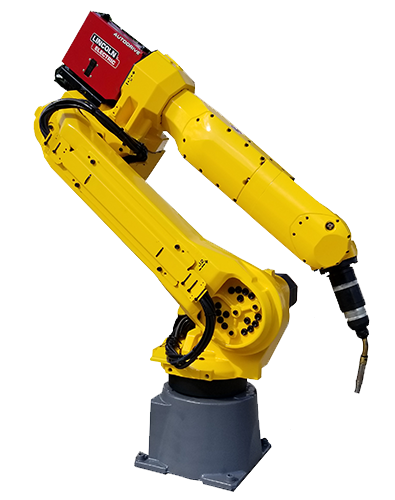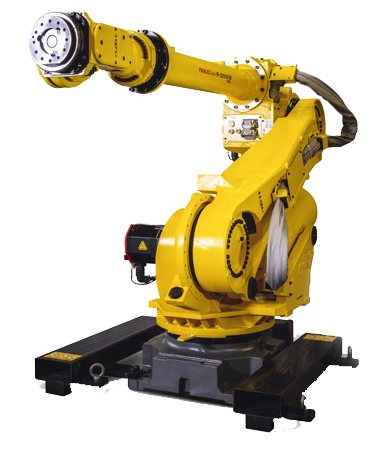More and more companies are automating their welding operations. Welding requires great skill, precision, and accuracy in order to produce high-quality welds. In recent years manufacturers have been facing a welding skills gap as many seasoned welders retire with less of the workforce seeking manual labor jobs. This worker shortage combined with rising costs and consumer demands has led manufacturers to welding automation.
Welding automation involves the use of fixed machines or industrial robots to turn a manual welding process into one the is executed automatically with little to no human interaction. MIG, TIG, plasma, spot, flux core, and laser welding all can be successfully automated. Manufacturing operations both big and small can benefit from an automated welding system. Costs are reduced, productivity is increased, and weld quality it drastically improved when welding operations become automated.
Choosing the best automation solution for you will depend upon system flexibility, costs, longevity of the job, and operation needs. Fixed welding equipment tends to be less expensive, but these systems are inflexible once implemented. Fixed welding equipment will only be able to perform a single welding process on a specific product type. They are almost impossible to make changes with once they have been deployed. Fixed automation welding is best suited for simple straight or round welds. If your welding process involves working with the same workpiece types and application, then a fixed welding system may be appropriate for your operation. However, if you will be looking to repurpose and redeploy welding equipment in the future then a six axis robotic welding system should be considered.
Robotic welding automation can be further optimized through robotic weld cells. A robotic weld cell can accommodate one or multiple welding robots, welding equipment, and safety devices to protect surrounding workers from welding operations. These cells may be customized or pre-engineered. Pre-engineered cells are a cost-effective, turnkey automation solution. The Motoman Arcworld 6200 provides everything a manufacturer would need for arc welding applications. Many of these cells come with equipment pre-installed allowing users to quickly implement their newly automated welding process. Implementing a robotic weld cell enhances welding for an all-around efficient operation.

